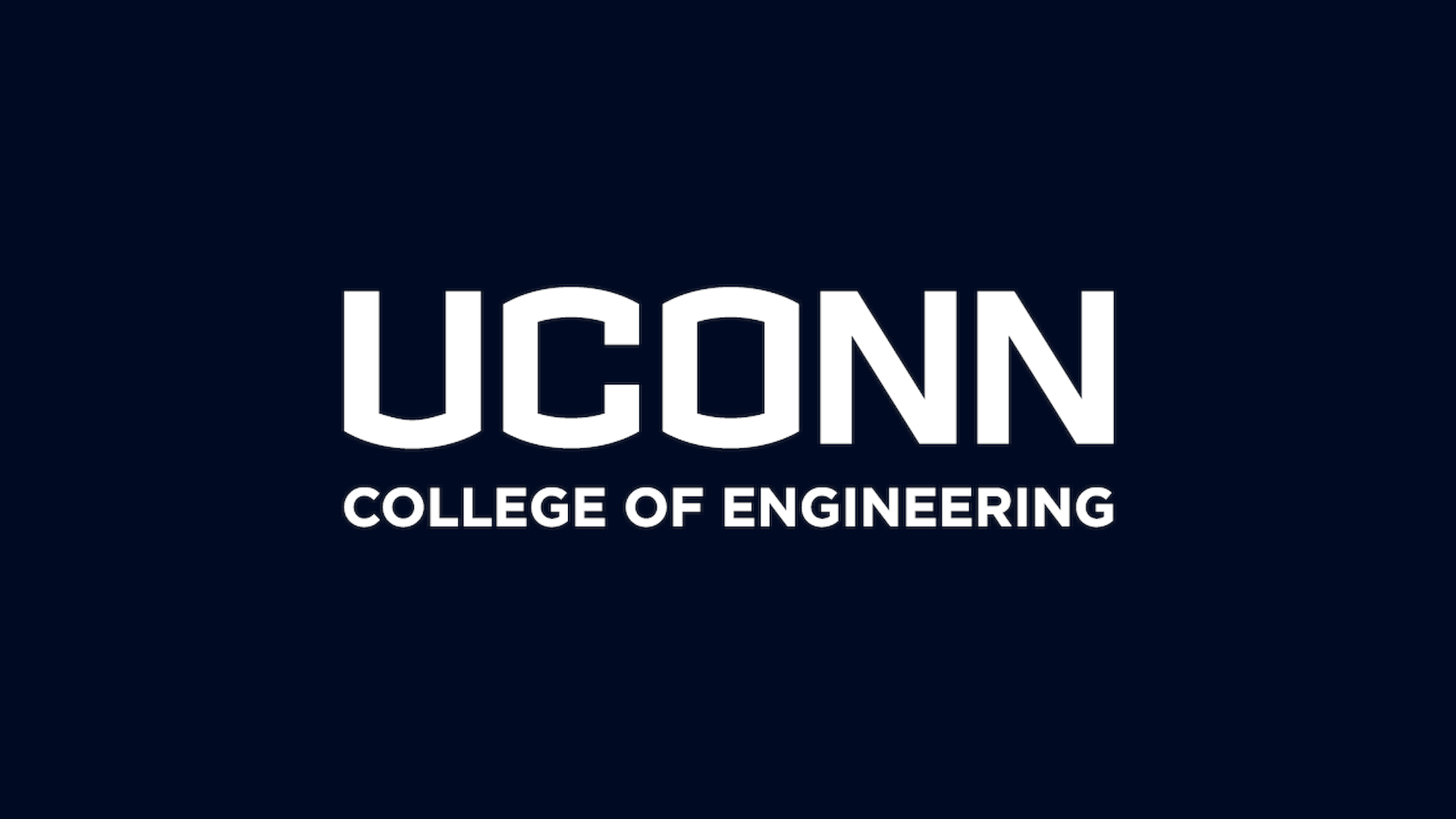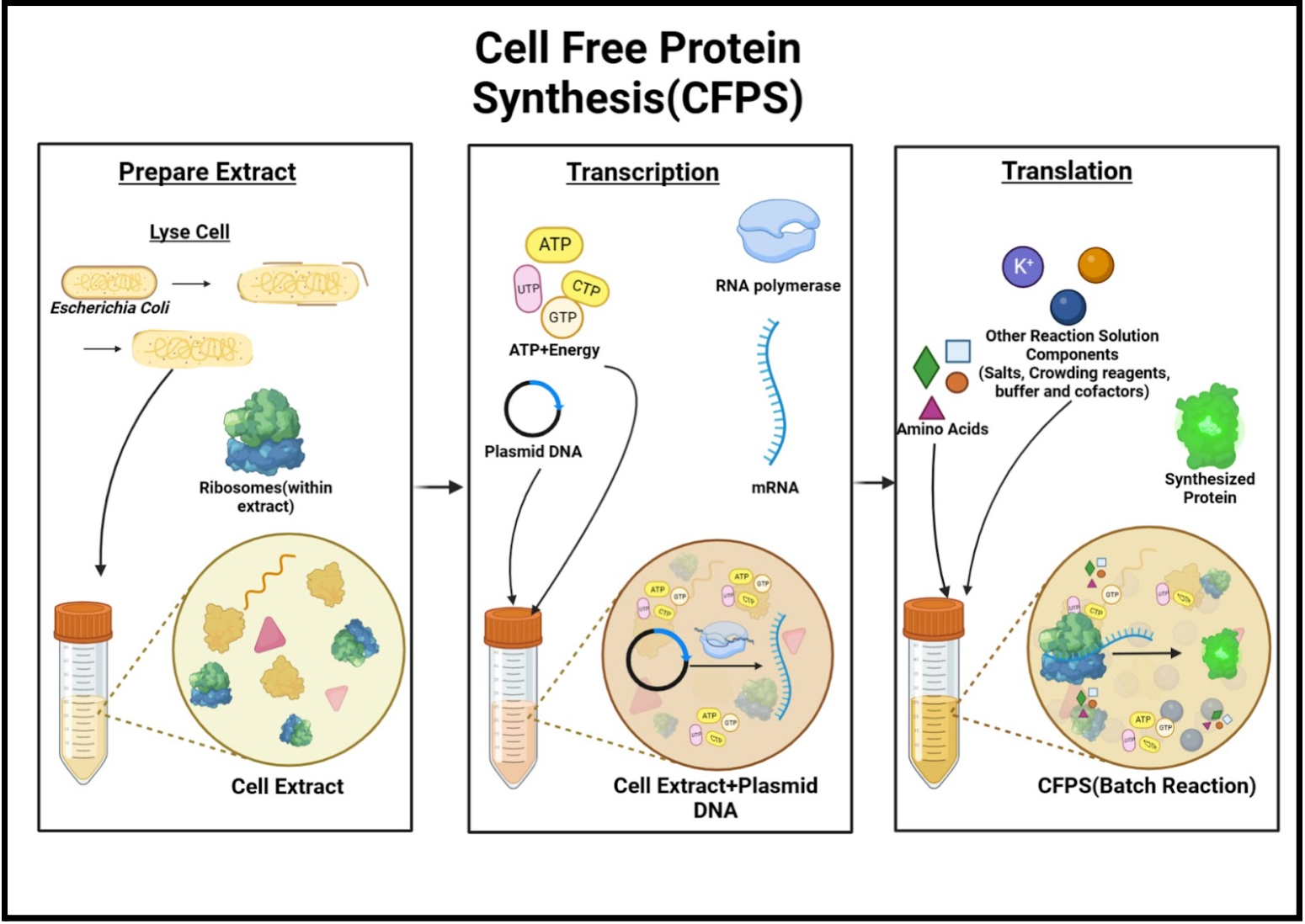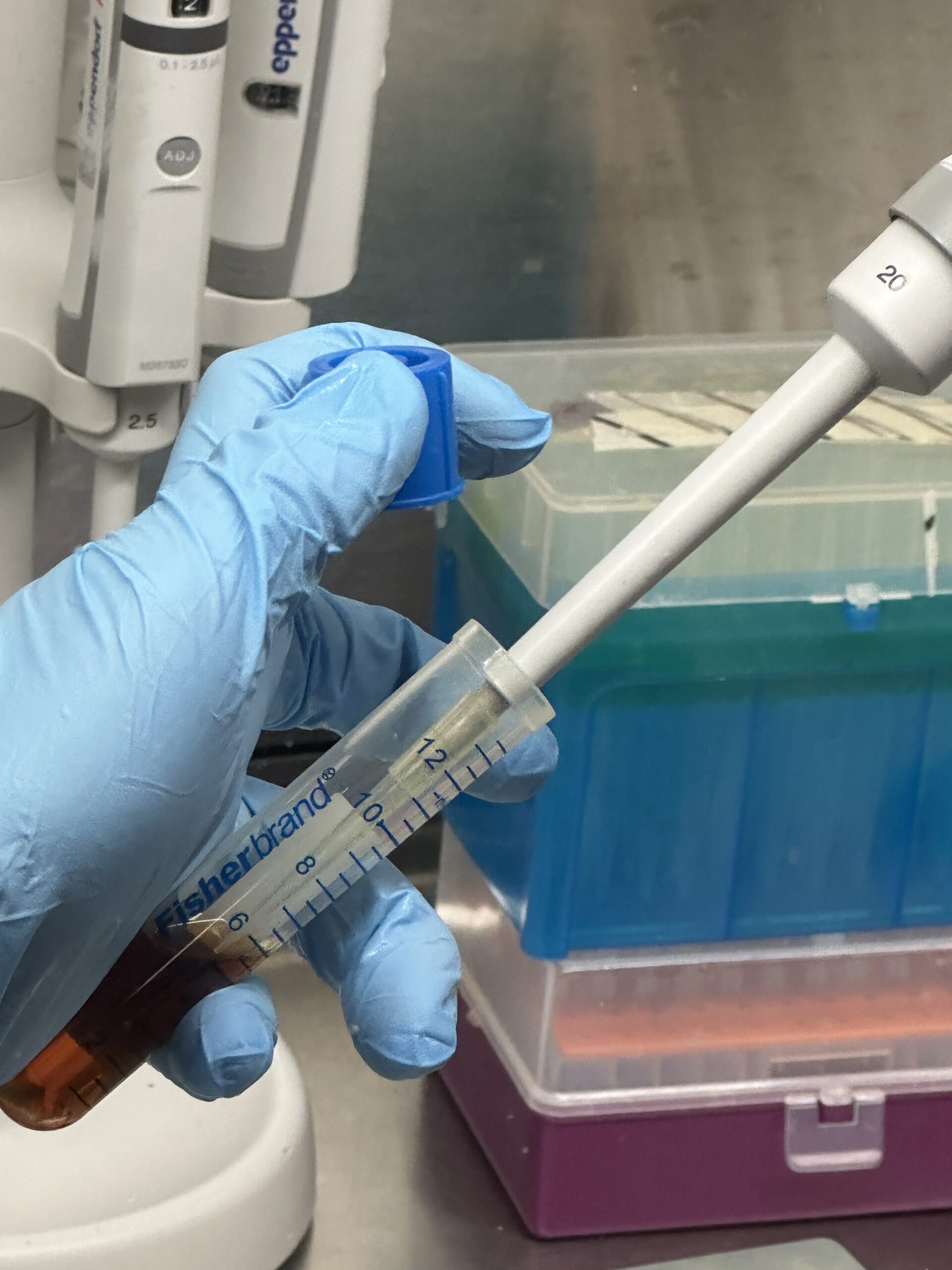

This video contains proprietary information and cannot be shared publicly at this time.
Figure 1

Figure 2

Team 17
Team Members |
Faculty Advisor |
Chanel Johnson |
Dr. Yongku Cho Sponsor UConn School of Engineering |
sponsored by
Sponsor Image Not Available
Designing a Laboratory-Scale Cell-Free Protein Synthesis Process for Biopharmaceutical Production
Cell-free protein synthesis (CFPS) is an early-stage process that leads to the production of antibody drugs that fight cancer and other diseases. However, the current limitations of CFPS are that it is costly and lacks standardization. CFPS refers to a technique for making proteins in a laboratory setting without using cell membranes. It involves using certain components extracted from the cell to facilitate the process of protein synthesis. The goal of our project is to develop a CFPS system that is inexpensive, reproducible, and capable of producing proteins in high yields. Our process design consists of Escherichia coli (E. coli) cells, grown to the optimal point of harvesting. The E. coli cells are opened using sonication, a non-mechanical method. The E. coli cell interior with the addition of enzymes, energy, and a ribonucleic acid (RNA) template produces our specific protein. The protein synthesis process occurring outside of the cell walls provides for high protein yield and room for outside alterations. The use of E. coli cells makes this an economically feasible process, accessible for all labs and more acceptable for cell protein testing compared to using Chinese Hamster Ovarian (CHO) cells. CHO cells, used in cell protein synthesis, are more expensive to grow and maintain since they require more time and resources to establish and optimize. Additionally, the waste products generated from our process are not a major environmental concern because we have taken a proactive approach to ensure their proper disposal to prevent any release into water resources. The anticipated impact of our project design is that CFPS will be accomplished with fewer, accessible components, thereby lowering the cost for both manufacturers and consumers.
